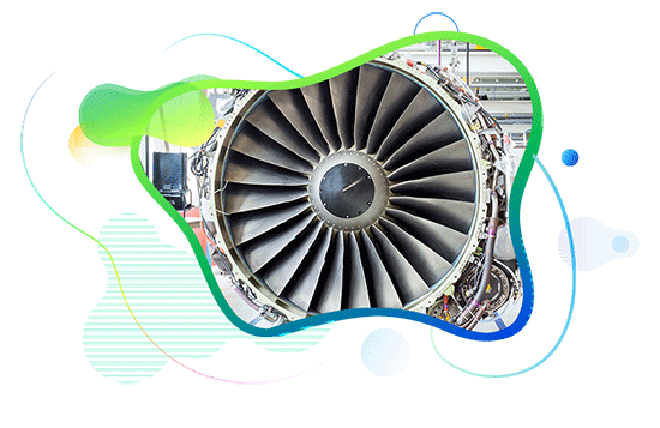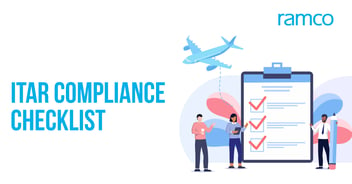
Safety is always a predominant concern in aviation industry. All airlines keep an eye on their fleet to ensure that everything goes safe. Even though aircrafts are subjected to strict maintenance programs, flaws do persists in aviation. Various air accident episodes from past to present age, points to this.
But now with all advanced technologies on-board, it is time to isolate and stabilize these imperfections. Aircraft systems are designed in such a way that probability of failure is illogical and the regulatory authorities throughout the world try to ensure that. Here Human error comes into picture. Recent studies say that human error is the major cause of more than 90 percent of incidents happening in aviation.
So a question arises, whether 90% human error is due to negligence from mechanic? Answer is absolutely no. Coming to the maintenance base, identifying or isolating faults in components are always a challenge for mechanics than simply rectifying it. The situation worsens when he encounters Rogue components, the components that behaves peaceful outside but are real troublemakers on-board. Identifying and isolating rogue components increase complexity to one’s day to day operations. His basic troubleshooting procedures may not allow him to find the failure modes associated with the component he is working with. In these circumstances, the mechanic needs assistance of technology.
Apt example to explain Rogue Units in aircraft maintenance is ‘13th Stage Modulating and Shutoff Valve’ used in Pneumatic system of aircraft (Boeing-737). It is a major part of compressor control system and is subjected to continuous reliability analysis. High pressure bleed air coming from 13th stage compressor blades of engine will pass through this Modulating and Shutoff Valve before merging with ducts of Pneumatic system. Whenever the temperature sensed by thermostat exceeds 450°F, the reduction of control pressure causes ‘13th Stage Modulating and Shutoff Valve’ to closed position thereby reducing the total bleed airflow through pneumatic ducts. Two major failure modes of the modulating valves are ‘jammed valves’ and ‘motor failure’. But isolation procedure (i.e. “Turn applicable bleed air switch on and make sure that shutoff valve opens and motor stop”) suggested for identifying this failure mode is quite inadequate for less experienced mechanic. Here the need for technology comes into picture.
Software systems that can provide Reliability Analysis are widely available in today’s market. But solutions that grant continuous Rogue Unit monitoring capabilities are limited. This is where Ramco comes into picture. Ramco Aviation Suite is an aviation specific ERP system providing Airline/ MRO solution with innumerable amount of in-built capabilities that gives more visibility and traceability for various aircraft maintenance operations. Ramco with its advanced functionalities like Advanced Reliability Module and FIM (Fault Isolation Manual) are able to forecast and track the failure pattern of components (especially rogue component).
Ramco Aviation solution has the capability to track each part based on number of unscheduled removals and repeat intervals. If the unscheduled removal count per repeat interval exceeds beyond expected value, system tracks that part as Rogue unit. Ramco Aviation Solution alerts mechanic with its discrepancy alert feature whenever he encounters rogue components during maintenance. Last but not the least, Reliability report generator in Ramco Aviation Solution is equipped to publish Rogue unit analytics reports suitable for real time analysis.
Frequently Asked Questions (FAQs)
Enterprise asset management (EAM) involves the management of mission critical assets of an organization throughout each asset's lifecycle. EAM is used to plan, optimize, execute, and track the needed maintenance activities with the associated priorities, skills, materials, tools, and information. The aim is to optimize the quality and utilization of assets throughout their lifecycle, increase productive uptime and reduce operational costs.
Enterprise asset management (EAM) involves the management of the maintenance of physical assets of an organization throughout each asset's lifecycle. EAM is used to plan, optimize, execute, and track the needed maintenance activities with the associated priorities, skills, materials, tools, and information.
The software helps in effective maintenance of assets through preventive, predictive, shutdown and breakdown maintenance strategies. The system also helps enterprises mitigate equipment risks by enhanced safety standards. The streamlined operations and improved asset performance helps organizations increase their investment effectiveness.
EAM is important because it helps organizations track, assess, manage and optimize asset quality and reliability. Asset intensive Organizations have hundreds, thousands, even millions of assets which needs to be maintained to maximize / optimize life of these assets to increase the return on investment.
The key features of effective EAM are:
- Work management.
- Maintenance Strategies (Preventive/ Predictive / Breakdown / Shutdown).
- Planning and scheduling.
- Supply chain management.
- Health and safety.
- Mobility.
- Analytics.
- Improved Asset Health at reduced cost through data driven maintenance Programs
- Complete visibilityon entire maintenance data across Equipment, across Models, across Branches to aid in analysis & decision making such as to Repair or Replace the Equipment
- Insightful analysis of Inspection Data to improve customer satisfaction
- Effective maintenance management enhanced by predictive maintenance and inbuilt analytics
- Increased reliability and safety, keeps complete track of all the inspections & calibration schedules
- Mobile Application enables users to execute work while “in the field” leading to minimized non-productive time and increased productivity and reduces duplication of work and human errors in recording information.
- Quick turnaround time through Actionable Notification & Alerts for every process in real time and accessible anytime and anywhere.
- Improved Regulatory Part of asset management involves the implementation of better O&M practices, which can significantly improve compliance.
Asset Intensive companies under the following Industries :
- Ports
- Cement and Mining
- Utilities
- Fleet Maintenance
- Equipment Rental
- Other Manufacturing
- Real Estate & Infrastructure
- Power Generation
Contact us for a meeting and schedule a demo
This differs on case to case basis, based on the type of installation and unique industry specific requirements. Contact us for a meeting and schedule a demo.
This differs on case to case basis, based on the type of installation and unique industry specific requirements. Contact us for a meeting and schedule a demo.
Stay Connected, follow us on LinkedIn / Twitter to know more about EAM Software latest trends.


